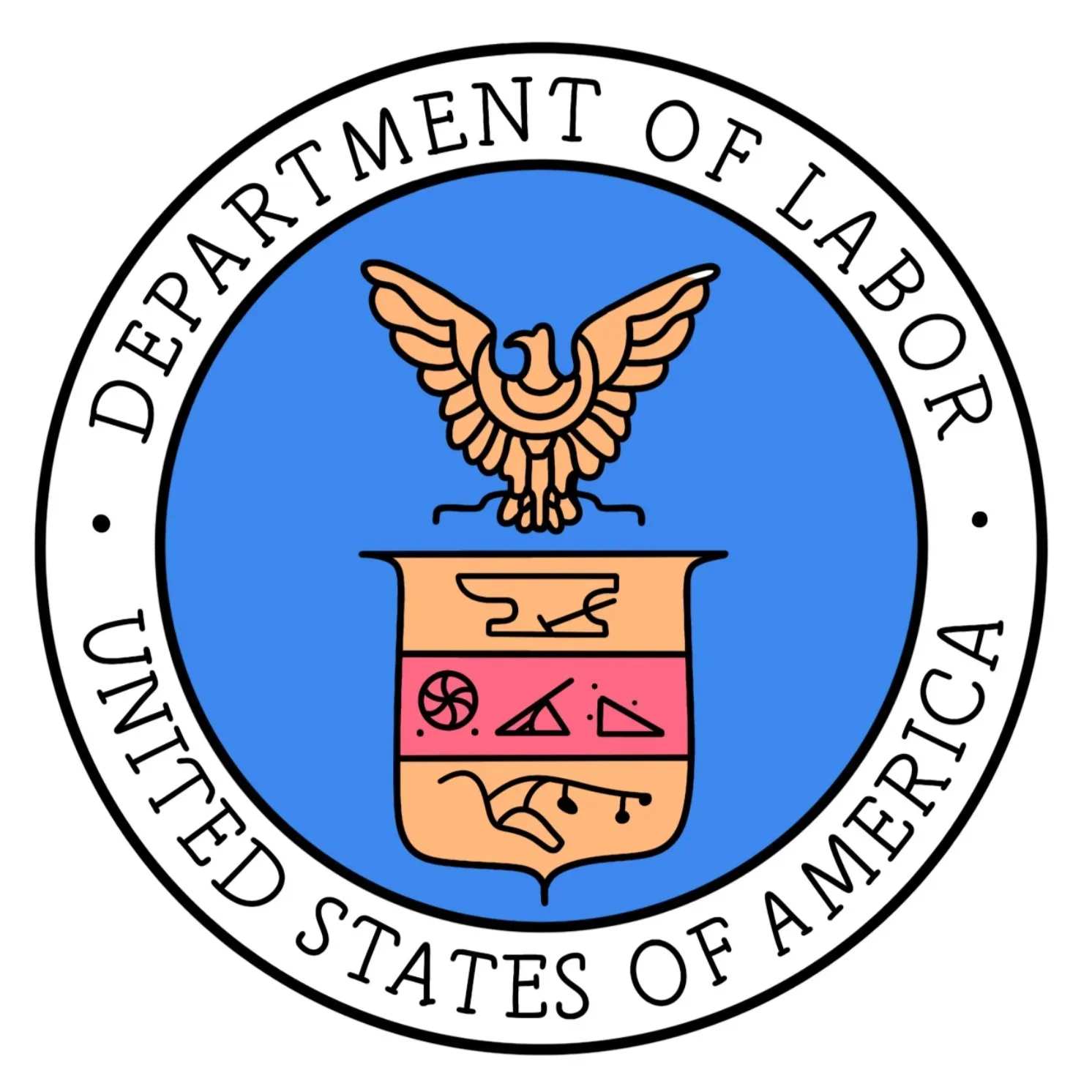
Sarasota Florida – Paradise or the new technology hotspot?
Last night I was honored to be one of the 300+ guests for the inaugural Sarasota Tech Summit. As the owner of a startup fintech company in Sarasota, I was highly intrigued. Sarasota is on the “suncoast” of western Florida. We are an hour south of Tampa and have some of the most beautiful beaches with white powdery sand that does not get hot! Siesta Key beach is constantly on Top 10 lists of the country’s greatest beaches. However, most of us “locals” don’t hang out at Siesta Key as it is very touristy. I put “local” in quotes as almost everyone…

Why you should do your Annual Retrospective Review now!
As an ERISA Nerd, I am encouraging all my clients and investment adviser friends not to wait until the end of June to do your required Annual Retrospective Review. And there is a specific reason why. As you know (or should know), you need to complete a “Rollover” form that is compliant with Prohibited Transaction Exemption 2020-02 (PTE 2020-02) when you are an ERISA Fiduciary and you recommend a rollover to an IRA where you will earn more compensation than you are currently earning…

IAR CE Needs to be completed by 12/24/24.
A few months ago I wrapped a year long project of pouring my heart and soul into building course for investment advisers. I wish I had this course when I was an adviser. It (literally) details everything you need to know as an adviser when you are working with “held away” 401(k) accounts. Many advisers don’t know that 9 times out of 10, they are an ERISA Fiduciary when working with their clients 401(k) accounts (advising or trading). As an ERISA Fiduciary, there are very specific things an adviser NEEDS to do. They are not optional and if not done, the adviser could end up paying back any client losses with their own personal assets (there is no “corporate protection” when working with ERISA accounts)…

2024 the Year of CEO turnover – what should we expect in 2025?
According to a 9/21/24 NewsNation article, CEO turnover is up over 50% from the previous year. It’s not just in our industry. But major companies like Starbucks, Nike, and Boeing to name just a few. And it seems that every week there is another CEO stepping down (or being forced out) in the financial industry. Is there an underlining “cause” for the increase in 2024? Are the sun, moon and stars aligned (or misaligned if you are the …

Am I an ERISA Fiduciary?
This is one of the main questions that I get from advisers. Or I get an adviser telling me they don’t have to worry about being an ERISA Fiduciary as they are an SEC Fiduciary. Now, I don’t have the time . . .